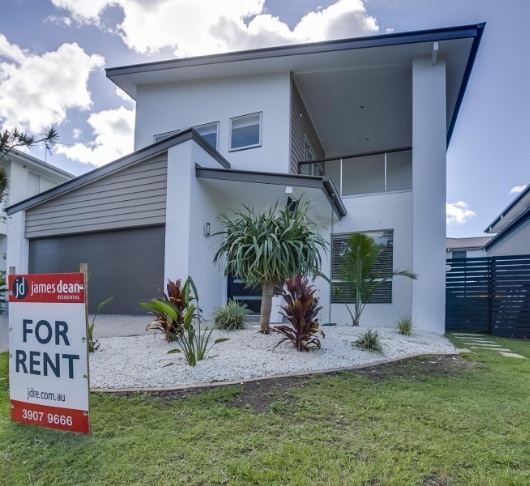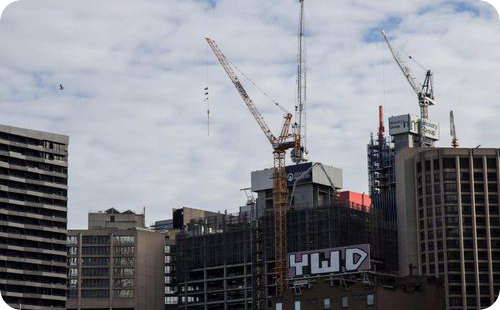Negative Gearing vs. Positive Cash Flow
Before joining us at Find Your Property, Lisa purchased two positive cash flow properties. Her target was to build a property portfolio that will support her later in life and provide a passive income. The first property purchased was a $425,000 house and land package in the Gold Coast earning a 5% yield. The second was a 3 bedroom house in Chinchilla earning a 7% rental yield. Both these properties offered much higher yields than houses in Sydney or Melbourne which were offering a 2.8% and 3% rental yield at the time.
- How does her portfolio look over time?
- What sacrifices is she making to obtain cash flow today?
- Does her generating positive cash flow today, help her achieve her passive income goals?

Client property criteria:
Property to be in a an area where she has certainty of rental income.
Cash flow criteria:
Lisa has little monthly surplus savings to pay towards her properties.
Budget:
Lisa had sufficient cash and savings to purchase up to $800,000 three years ago when she purchased these two properties
Location:
Chinchilla, QLD, Gold Coast, QLD
WHAT YOU NEED TO KNOW
Positive cash flow property often results in low or very little capital growth over time. In Lisa’s case, her portfolio did not grow at all, however, 3 years is a very short time frame. It’s important to ensure that positive cash flow properties have strong, consistent tenant demand over time, as that is your only source of return for this property strategy.
Positive cash flow today does not mean you will retire with passive income
If you want to achieve $60,000 in passive income you need about $120,000 in rental income. To achieve this, Lisa needs a paid-off property portfolio of about $3 million.
Lisa purchased $800,000 of property with $600,000 of debt. Without capital growth, she will not achieve a property portfolio of $3m. The positive cash flow of $10,000 that she earns each year does not help her reach her goals of financial freedom.
Properties that offer decent opportunities for capital growth, will have some negative gearing
Negatively geared property really means that the expenses of your property exceed the rental income, so you are having to pay into the property on a monthly basis. In some cases, the tax depreciation savings each year will help a lot over the first 10 years of a property in terms of minimising the negative gearing each month. This means that the tax you are paying is actually working for you!
Lisa was unable to commit to negative gearing. As a property coach, I can help buyers see how much negative gearing really impacts buyers. Her Gold Coast property is neutral and will provide some capital growth over the long run. The rental and value of the Chinchilla property actually fell over the past 3 years.
In comparing strategies, an apartment in Melbourne or Sydney would cost Lisa $100 per week today. While long term capital growth potential is double her current portfolio. Lisa indicated she would have rather postponed her property purchase until she could afford $100 per week. The $25,000 she spent on stamp duty to purchase the two positive cash flow properties is a painful expense.
Be wary of oversupply in some locations
Oversupply of apartments in areas of our capital cities is a real risk. These include: areas around Parramatta and St Leonards in Sydney, the West End in Brisbane and The Docklands in Melbourne amongst others. Capital growth in areas of oversupply will be delayed or slow. You could be saddled with paying cash into a negatively geared property that does not grow!

Looking to buy property with cash and earn rental income?
For property investors that have a large amount of cash, or are close to retirement, a positive cash flow property is a great way to earn an income. Be sure to purchase in areas where rental income is stable. Lisa’s Chinchilla property has experienced a significant drop in rental due to a slowdown in the local economy. Because it is a mining town, the movement of renters in and out of the town is very volatile. She will have to either sell the property, or continue to earn low rental which holding a property that will not provide capital growth.
There are a myriad of factors to consider when deciding on positive cash flow vs. negative gearing.
If you’d like more information, please sign up for one of our property education workshops.



